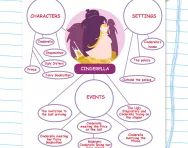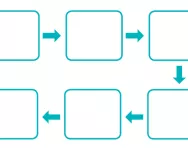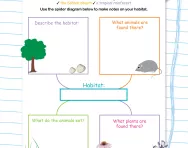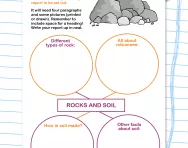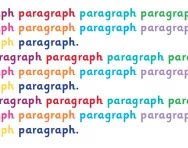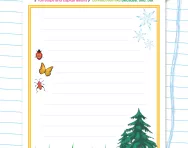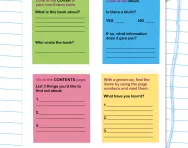TheSchoolRun.com closure date
As we informed you a few months ago, TheSchoolRun has had to make the difficult decision to close due to financial pressures and the company has now ceased trading. We had hoped to keep our content available through a partnership with another educational provider, but this provider has since withdrawn from the agreement.
As a result, we now have to permanently close TheSchoolRun.com. However, to give subscribers time to download any content they’d like to keep, we will keep the website open until 31st July 2025. After this date, the site will be taken down and there will be no further access to any resources. We strongly encourage you to download and save any resources you think you may want to use in the future.
In particular, we suggest downloading:
- Learning packs
- All the worksheets from the 11+ programme, if you are following this with your child
- Complete Learning Journey programmes (the packs below include all 40 worksheets for each programme)
You should already have received 16 primary school eBooks (worth £108.84) to download and keep. If you haven’t received these, please contact us at [email protected] before 31st July 2025, and we will send them to you.
We are very sorry that there is no way to continue offering access to resources and sincerely apologise for the inconvenience caused.
What is a spider diagram?
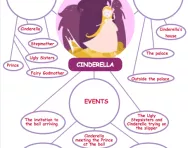
Spider diagrams are often used by teachers to help children make notes on a particular subject. A picture or word may be put in the middle of the page and then several 'legs' drawn radiating outwards. Children then need to write words or phrases about the object in the centre.
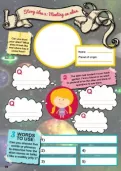
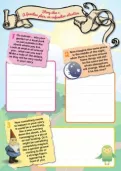
Download a FREE Creative Writing toolkit!
- KS1 & KS2 workbooks
- Bursting with inspiring ideas
- Story structure tips, style guides and editing suggestions
A spider diagram could be used to describe a certain character. Having a picture in the centre of the diagram means that children have something concrete to refer to when describing the character, rather than relying on their memory.
A spider diagram could be used when researching a subject for a non-fiction piece of writing. This spider diagram prompts children to put different bits of information into different boxes, so that the information is already 'sorted' before they start writing it up into paragraphs: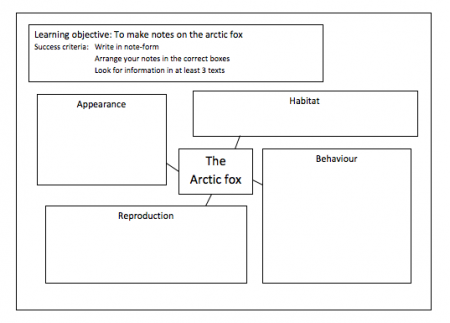
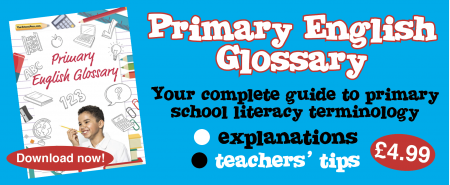
Spider diagrams are an excellent way to encourage children to jot down their thoughts without having to worry about writing in full sentences or thinking about punctuation. They are either used as a stand-alone activity to encourage children to externalise their thoughts and provide the teacher with an assessment opportunity, or they are used as a means of planning a 'neat' piece of writing.
Other literacy planning and comprehension diagrams used in the primary classroom are story maps, story flowcharts and story mountains.
They are also used in science so that a teacher can assess how much knowledge children have on particular subject before they start a unit of work.

